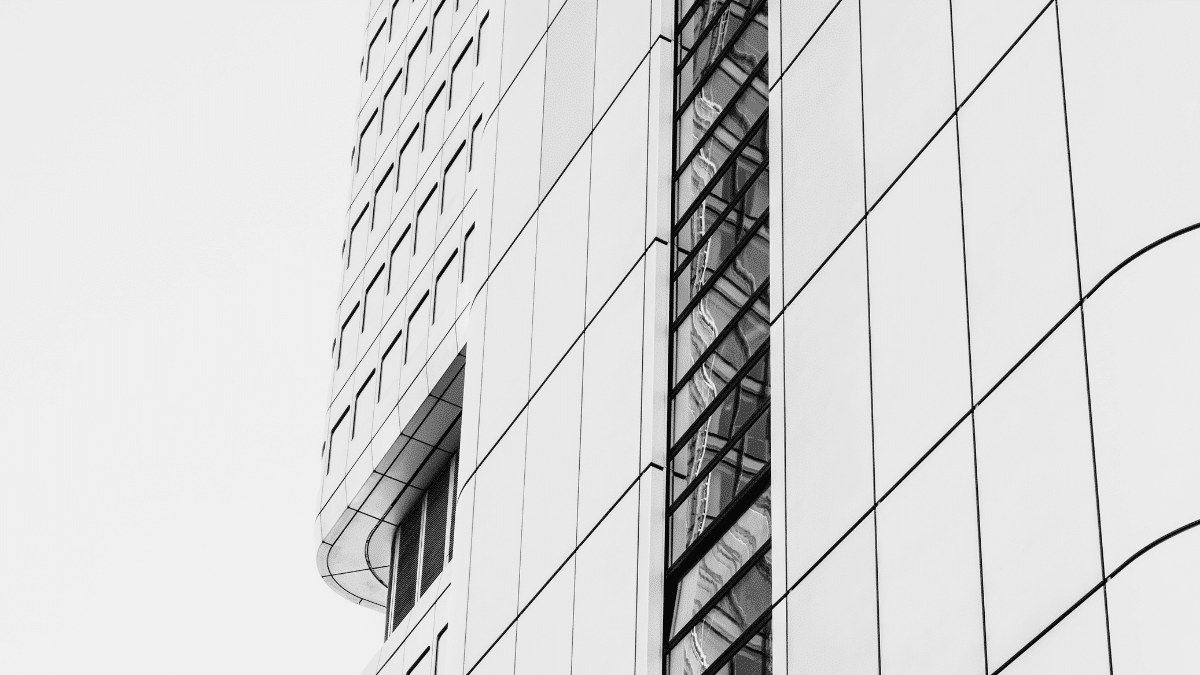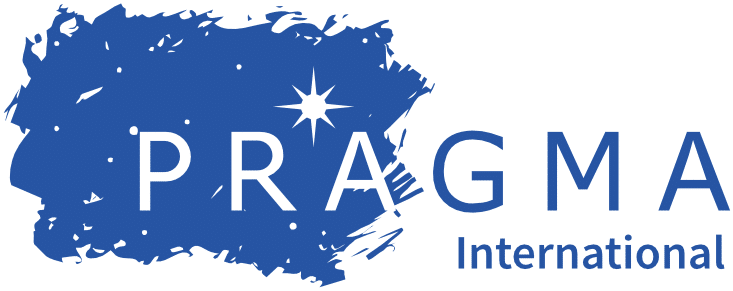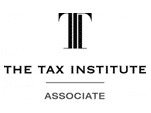From 20 October 2021, the Building Act 1993 (Vic) (the Building Act) was amended by the Building Amendment (Registration and Other Matters) Act 2021 (amongst other things) to further extend the time permitted for bringing a “cladding building action” which would have otherwise been statute barred by operation of section 134 of the Building Act (the amendment).
The limitation period and cladding building actions
In Victoria, a “building action” is subject to the 10-year limitation period imposed by section 134 of the Building Act (the limitation period), which runs from the date of issue of the occupancy permit in respect of the subject building work or certificate of final inspection. Building actions brought after the expiry of the limitation period will be statute barred.
The limitation period has been subject to extension for those building actions which are a “cladding building action” to allow building owners more time to commence proceedings in respect of combustible cladding installed on their buildings. In February 2021, the Cladding Safety Victoria Act 2020 (Vic) retrospectively extended the limitation period for cladding building actions, which would have been statute barred between 16 July 2019 to 1 December 2020, by two years.
The amendment further extends the limitation period for cladding building actions, which would have been statute barred between 16 July 2019 to 1 December 2023. This means that those building owners which would have been statute barred during this period, will have up to 15 years to commence a “cladding building action” which section 134(3) of the Building Act states is “a building action in connection with, or otherwise related to, a product or material that is, or could be, a non-compliant or non‑conforming external wall cladding product.”
Impact
The further extension to the limitation period for cladding building actions is significant for:
- building owners and owners corporations, because more time, resources and money can be directed towards rectification of combustible cladding prior to recovery proceedings being commenced in respect of these issues;
- builders and other industry participants, because of the increased risk that they will be subject to cladding building actions which would have otherwise been statute barred by section 134 of the Building Act; and
- the State, because it provides more time for it to commence proceedings in respect of combustible cladding on buildings for which it has subrogated rights.
If you have any questions in relation to the amendment, please contact a member of our Construction & Engineering team.
This article was written by Jack Fry (Lawyer) and Catherine Bell (Principal Solicitor).








